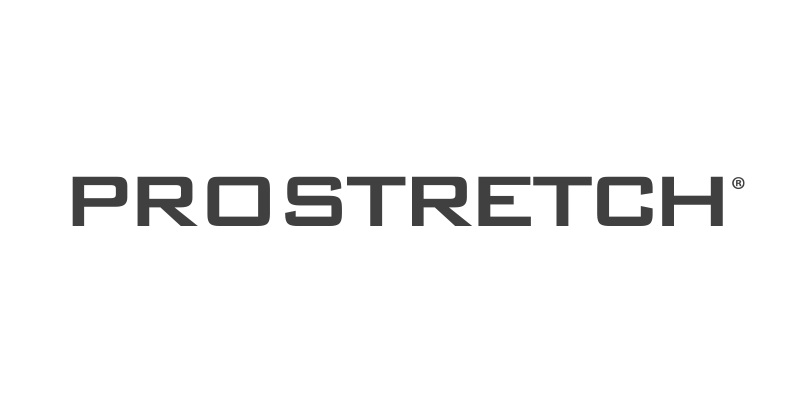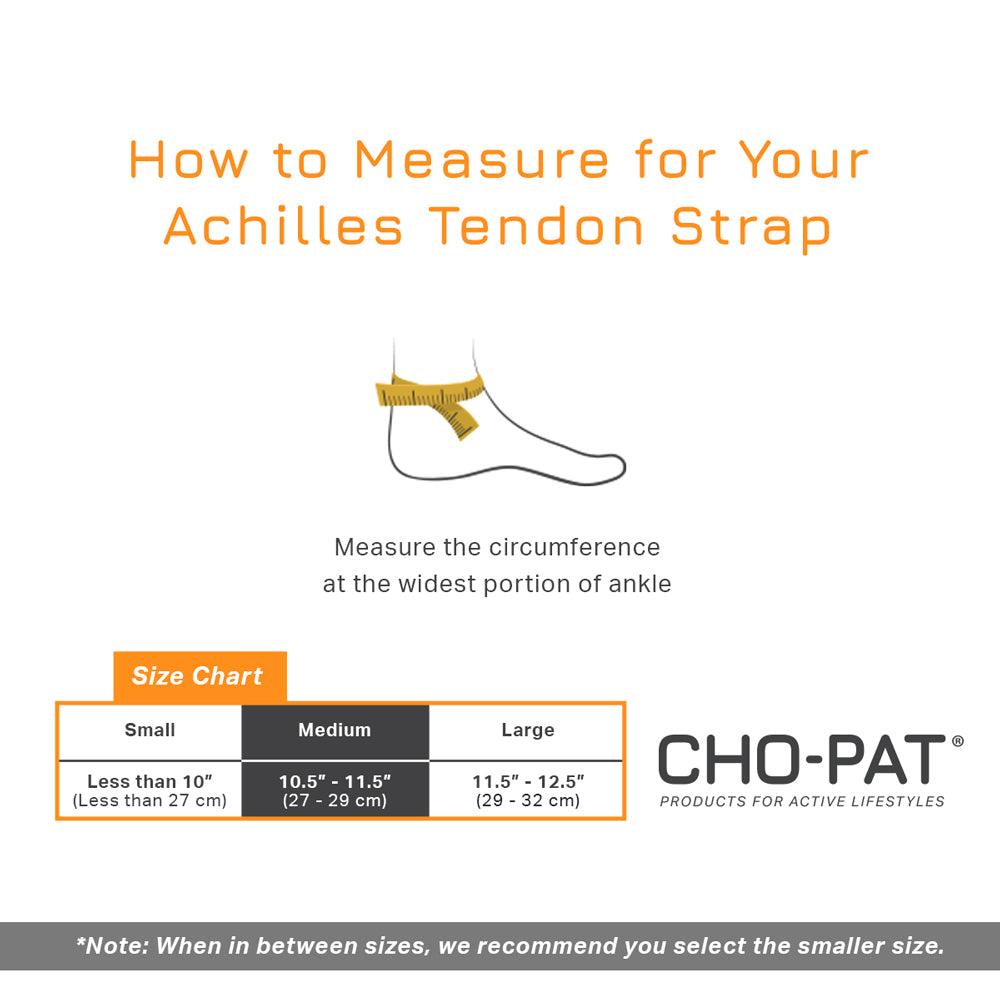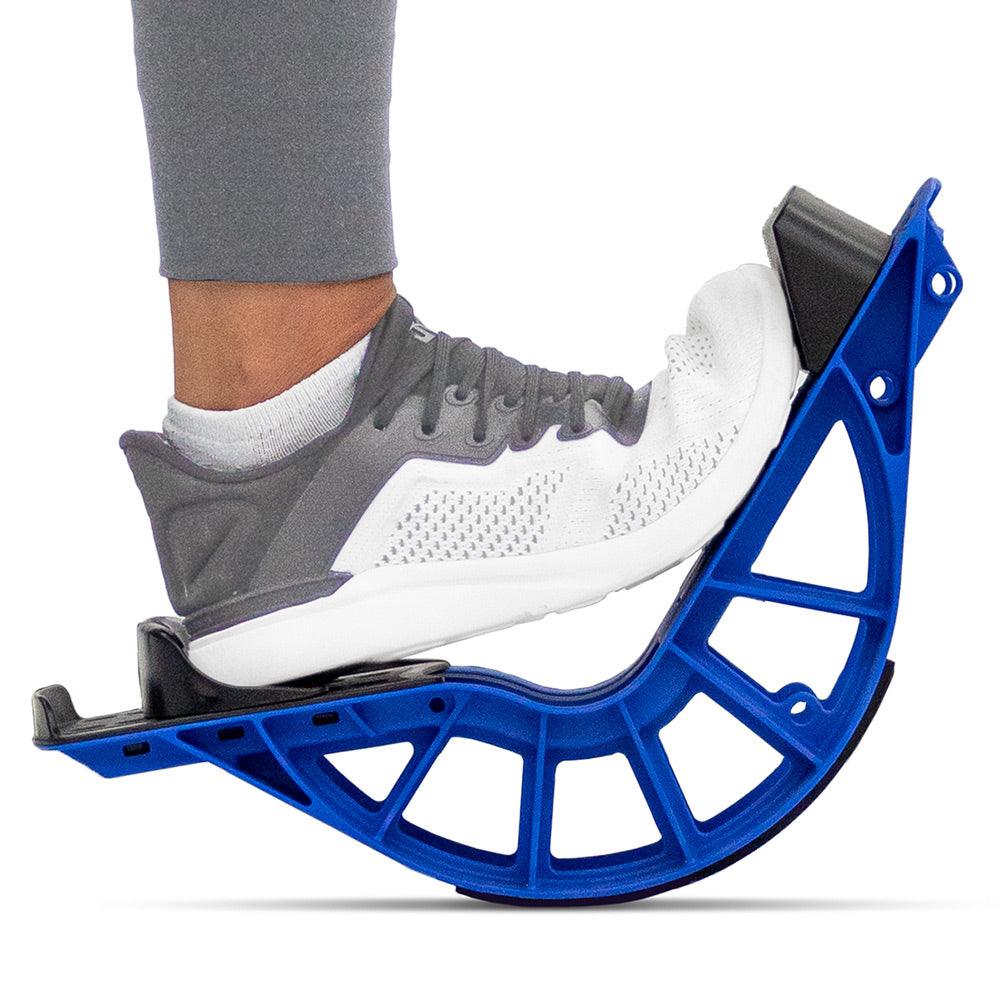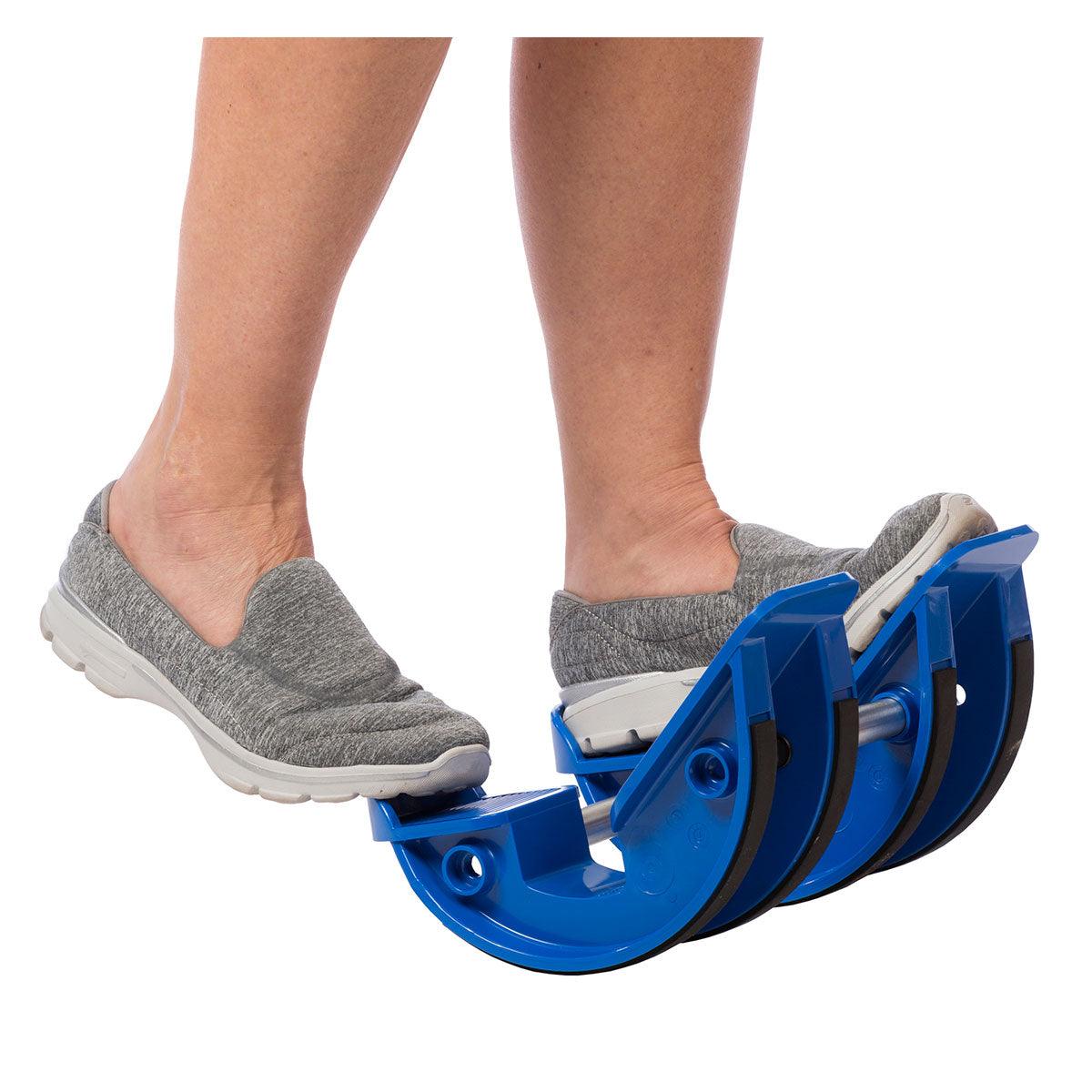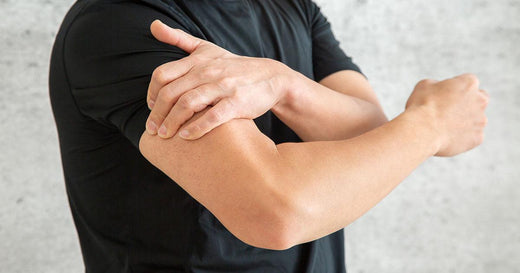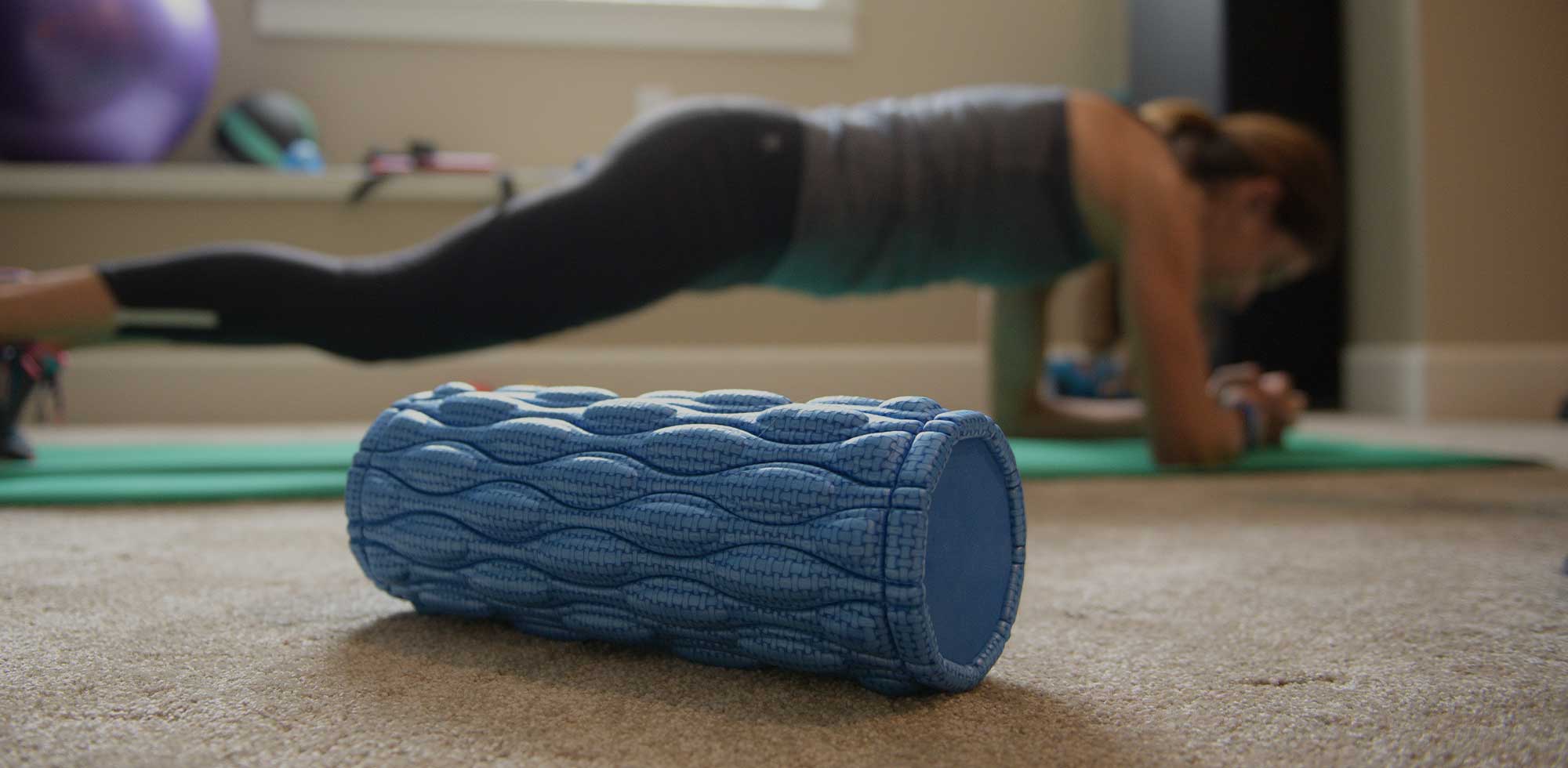Achilles tendonitis is a common condition that affects the tendon connecting your calf muscles to your heel bone. When the tendon becomes irritated or inflamed—often due to overuse, tight calves, or sudden increases in activity—it can cause noticeable pain and stiffness. Many people feel it most in the morning, when taking their first steps out of bed, or after physical activity, especially running or walking uphill. Left untreated, this pain can persist and interfere with your daily movement.
Understanding Achilles tendonitis is the first step toward managing it effectively. It’s not just something athletes face—anyone who’s on their feet a lot, wears unsupportive shoes, or doesn’t stretch regularly can develop this condition. The good news is that with the right approach, it’s manageable at home.
Incorporating targeted stretches and strengthening exercises into your routine can ease symptoms, improve flexibility, and promote healing. These movements work by gradually conditioning the tendon and surrounding muscles to reduce strain and improve function. Plus, doing them regularly can lower your chances of a future flare-up.
In this article, we’ll cover simple but effective exercises and show how tools like the ProStretch® Plus can help support your recovery journey.
Table of contents:
- Understanding Achilles Tendonitis
- Achilles Tendonitis Exercises at Home
- Achilles Tendonitis Stretches Using ProStretch Plus
- How to Prevent Achilles Tendinitis?
Understanding Achilles Tendinitis
Achilles tendonitis often develops gradually, with pain starting as a mild ache at the back of the leg or above the heel. Over time, the pain can worsen, especially after long periods of activity or climbing stairs. The condition is most common in athletes, particularly runners, but can also affect anyone who suddenly increases their physical activity without proper preparation.
Other contributing factors include tight calf muscles, improper footwear, or biomechanical issues like flat feet. If left untreated, Achilles tendinitis can lead to more severe problems, such as tendon tears or ruptures, which may require surgery.
Achilles Tendon Stretching Exercises
An Achilles tendon injury often occurs due to overuse of the tendon. Often times, it is due to a lack of flexibility of the tendon, as well as overpronation. The good news is that there are Achilles tendon exercises and stretches that can help to condition the leg so that you do not suffer an Achilles tendon injury.
Achilles Tendinitis Exercises at Home
If you have already experienced an injury or strain of the Achilles tendon, you can also do Achilles tendon stretches and exercises to aid in recovery. It is important to note that when you do Achilles tendon exercises, you should use Tuli’s® Heel Cups. These inserts are biomechanically designed to support and aid in the relief of the Achilles tendon during physical activity.
Calf Stretch Against the Wall
The calf stretch against the wall is a go-to movement for relieving tightness in the lower leg and easing pressure on the Achilles tendon. It’s especially helpful if you spend a lot of time on your feet or have recently increased your physical activity. By keeping your heel grounded and the knee straight, you’re targeting the gastrocnemius muscle—one of the key muscles connected to the Achilles tendon. Regularly including this stretch in your routine can improve flexibility and reduce strain, making it easier for the tendon to heal and function properly.
- Standing up and facing a wall, place your hands against it for support.
- Step one foot back, keeping your heel on the ground and your knee straight.
- Lean forward into the wall, bending your front knee to feel a stretch in the back of your calf.
- Hold the stretch position for 20-30 seconds, then switch legs.
- Repeat 3 times per leg.
Heel Drops
Heel drops are one of the most widely recommended exercises for strengthening the Achilles tendon and improving its resilience. This movement gently loads the tendon in a controlled way, which helps stimulate healing and build tolerance to everyday stress. It also strengthens the surrounding calf muscles, improving overall lower leg stability. When performed consistently, heel drops can not only relieve current discomfort but also help prevent future flare-ups of Achilles tendonitis—especially in runners, walkers, and active individuals.
- Stand on the edge of a step or on a sturdy platform, with your heels hanging off the edge.
- Slowly lower your heels below the level of the step until you feel a stretch in your Achilles tendons and calves.
- Hold for a few seconds, then raise your heels back to the starting position.
- Repeat 10-15 times for 2-3 sets.
Seated Towel Stretch
The seated towel stretch is a simple yet highly effective way to improve flexibility in the calf muscles and Achilles tendon without putting any weight on the injured area. It’s a great option if you're early in the recovery process or need a gentle stretch to start or end your day. By using a towel to guide the stretch, you can control the intensity and ensure you're not overextending. This exercise helps reduce tightness, improve range of motion, and prepare the tendon for more advanced strengthening movements later in your recovery journey.
- Sit on the floor. Then, extend your legs. Pick a foot and loop a towel around the ball of foot while holding the ends of the towels.
- Keep your knee straight while gently pulling the towel towards you. You should feel a stretch in your calf and Achilles tendon.
- Hold the position for 20-30 seconds, then switch to the other foot.
- Repeat 3 times per leg.
Achilles Tendinitis Stretches Using ProStretch® Plus
For a more targeted stretch, the ProStretch Plus by Medi-Dyne is an excellent tool designed to help with Achilles tendinitis exercises. Here’s how you can use it:
Calf and Achilles Stretch
- Stand facing a wall at arm’s length and put the palms of the hands on the wall. Place the foot of the injured leg in the ProStretch Plus.
- Lean forward slightly, making sure that the body is in line with the ankle in the ProStretch, beginning at the shoulders and going all the way down.
- Keeping the leg straight, press the heel in the ProStretch towards the ground until you begin to feel calf muscle strain.
- Slightly bend the knee forward and hold for 30 seconds.
- Roll the foot back to a neutral stance, relax for a few seconds, then repeat two more times.
How to Prevent Achilles Tendinitis?
Preventing Achilles tendinitis involves taking proactive steps to reduce the strain on your Achilles tendon. Here are some tips:
- Warm up - Before any physical activity with light exercises and stretches. This prepares your body for more intense movement and reduces the risk of injury.
- Wear Proper Footwear - Make sure you’re wearing shoes that provide adequate support for your feet, particularly if you’re running or engaging in high-impact activities. Using arch support and cushioning can help reduce the strain on your Achilles tendon.
- Gradually Increase Activity Levels - If you’re starting a new exercise routine do so gradually. Sudden increases in activity can overload your Achilles tendon and lead to injury.
- Stretch and Strengthen Your Calf Muscles - Strong calf muscles help take pressure off your Achilles tendon. Incorporate calf-strengthening exercises, such as calf raises, into your regular workout routine.
-
Rest and Recover - Allow recovery time for your body between workouts, especially if you’re experiencing any discomfort in your Achilles tendon. Resting can prevent minor irritations from developing into more serious injuries.
Conclusion
By understanding Achilles tendonitis and incorporating the right stretching exercises into your routine, you can manage it and reduce the risk of future injuries. Whether you’re stretching at home or using tools like the ProStretch® Plus, staying proactive with your Achilles tendinitis exercises can help you stay pain-free and active.
With a little consistency and the right approach, you can reduce pain, regain mobility, and get back to the activities you love. The key is understanding what your Achilles tendon needs—gentle stretching, strategic strengthening, and a little daily attention.
The exercises outlined in this article target both flexibility and strength to support the tendon and surrounding muscles. Whether you're dealing with a fresh flare-up or lingering soreness, adding these movements into your regular routine can make a meaningful difference over time. And when you pair your efforts with helpful tools like the ProStretch® Plus, you may find it easier to stretch effectively and recover faster.
Remember, healing isn’t instant. Progress can come slowly, but it does come. Be patient with yourself, take note of how your body responds, and make these exercises part of your daily habits. Your future self will thank you.
As always, consistency beats intensity. Gentle, steady effort is often more effective than pushing too hard and risking re-injury.
PLEASE NOTE: The information on this website and article is for information only and should not be used as a substitute for consulting your doctor. Consult your doctor for proper diagnosis and rehabilitation.


